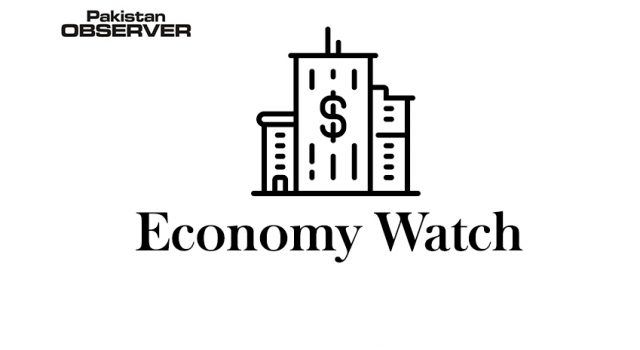London
BP is preparing to sell a large chunk of its oil and gas assets even if crude prices bounce back from the COVID-19 crash because it wants to invest more in renewable energy, three sources familiar with BP’s thinking said. The strategy was discussed at a BP executives meeting in July, the sources said, soon after the oil major lowered its long-term oil price forecast to $55 a barrel, meaning that $17.5 billion worth of its assets are no longer economically viable. But even if crude prices bounce back to $65-$70 a barrel, BP is unlikely to put those assets back into its exploration plans and would instead use the better market conditions as an opportunity to sell them, the three sources said. Major oil companies typically hold assets for the long term, even when crude prices plunge, with a view to start bringing more marginal production online when market conditions improve. However, BP’s new divestment strategy, which has not previously been reported, means there will be no way back for the British energy company once it has offloaded its so-called stranded oil and gas assets. BP did not respond to requests for comment. The new strategy also sheds more light on chief executive Bernard Looney’s plan to reduce BP’s oil and gas production by 40 percent, or at least 1 million barrels per day, by 2030 while expanding into renewable energy. “It is a simple calculation of natural production decline and planned divestment,” said a BP source, explaining how BP became the first big oil company to pledge a large cut in its oil output. For decades, BP and rivals such as Royal Dutch Shell and Exxon Mobil have promised investors that production would continue to rise. But as climate activists, investors, banks and some governments raise pressure on the industry to reduce emissions to help cool the planet, European oil firms are changing tack and pledging to invest more in renewable energy sources. US rivals are under less government pressure and have not made similar commitments on renewables.—Arab News









